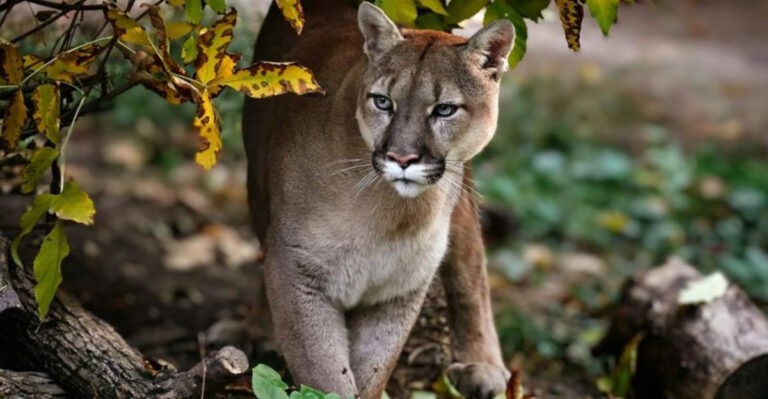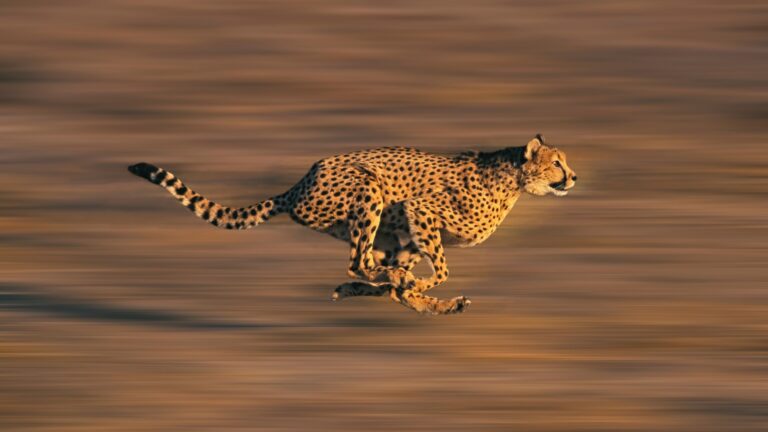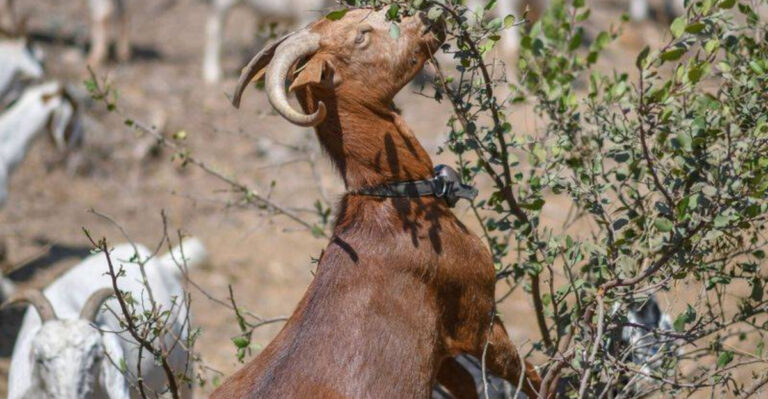13 Nicest Wild Animals On Earth And 7 That Can Be Risky To Approach
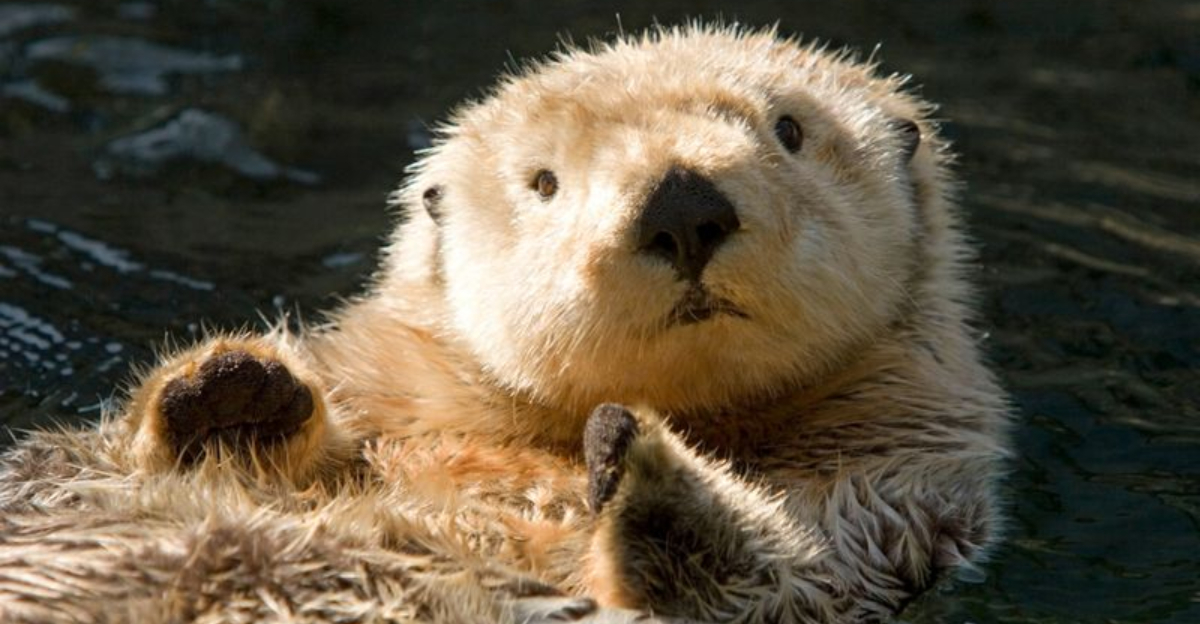
Not all wild animals are out to get you – in fact, some are known for their gentle nature and surprising friendliness. But while some animals welcome our presence, others demand a healthy dose of caution.
In this list, we’re highlighting the nicest wild animals on Earth, and some you should definitely think twice about approaching.
1. Dolphins
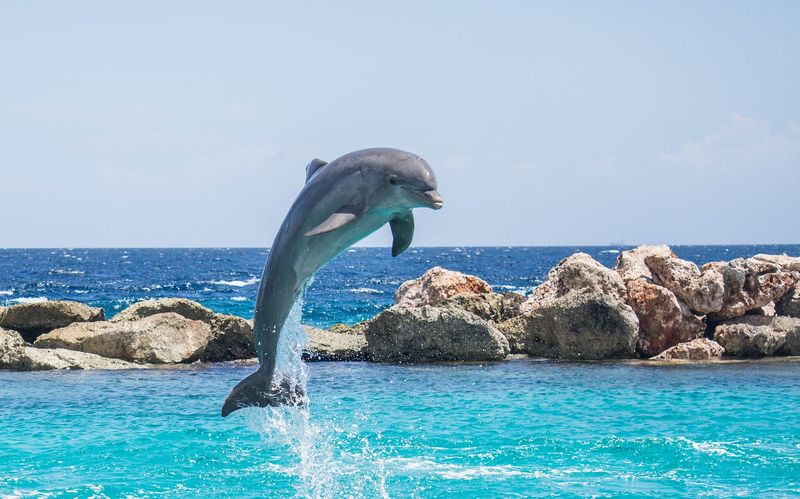
Ever noticed how dolphins seem to smile at you? These marine marvels possess problem-solving skills that rival those of great apes.
Their playful pods often rescue humans in distress, guiding them to safety with remarkable intuition. Scientists believe dolphins recognize human emotions and respond with genuine compassion.
2. Red Fox
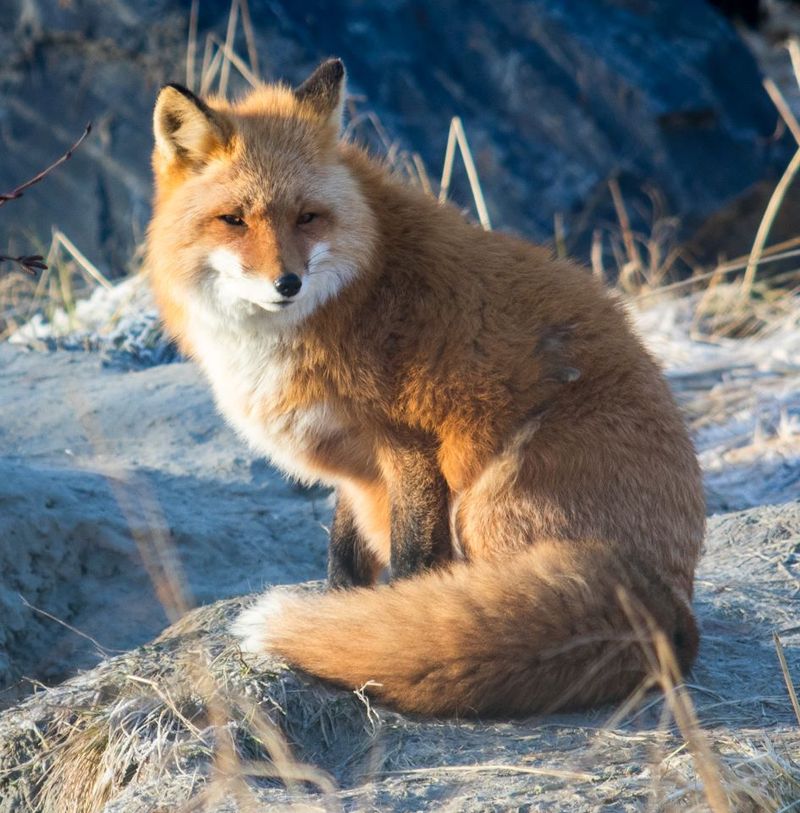
Beyond the fairy tales, real-life red foxes show remarkable tolerance toward humans. Their inquisitive eyes might follow you through forest paths without aggression.
Rural foxes often establish peaceful coexistence with nearby homeowners. Unlike their reputation in fables, these russet-coated creatures rarely cause trouble when treated with respect.
3. Sloths
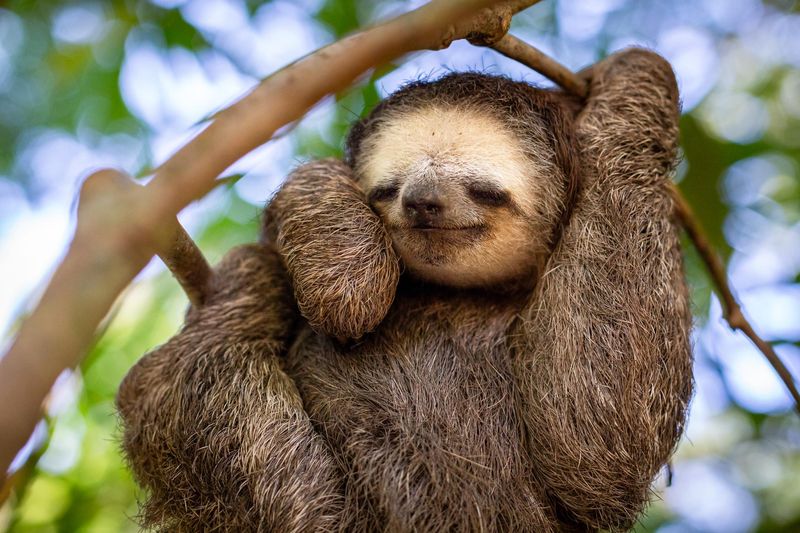
Hanging upside down without a care in the world, sloths have perfected the art of relaxation. Their permanent smiles and slow-motion movements create an aura of tranquility.
When handled respectfully, these rainforest residents rarely show signs of stress or aggression. Their metabolism moves so slowly that fighting simply isn’t worth the energy expenditure.
4. Giant Panda
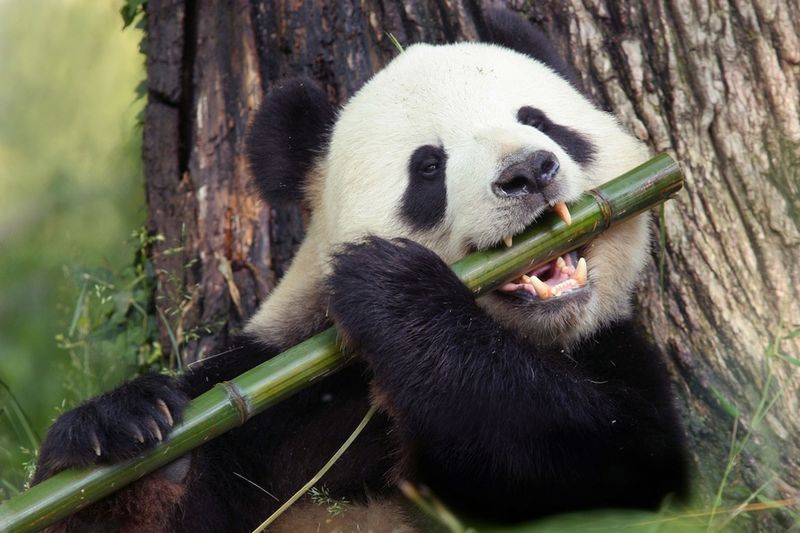
Behind those adorable black patches lies a heart of gold. Giant pandas spend about 12 hours daily munching bamboo with a zen-like focus that reflects their peaceful nature.
Unlike many bears, pandas rarely display aggression toward humans. Their docile temperament makes them beloved ambassadors for wildlife conservation worldwide.
5. Manatee
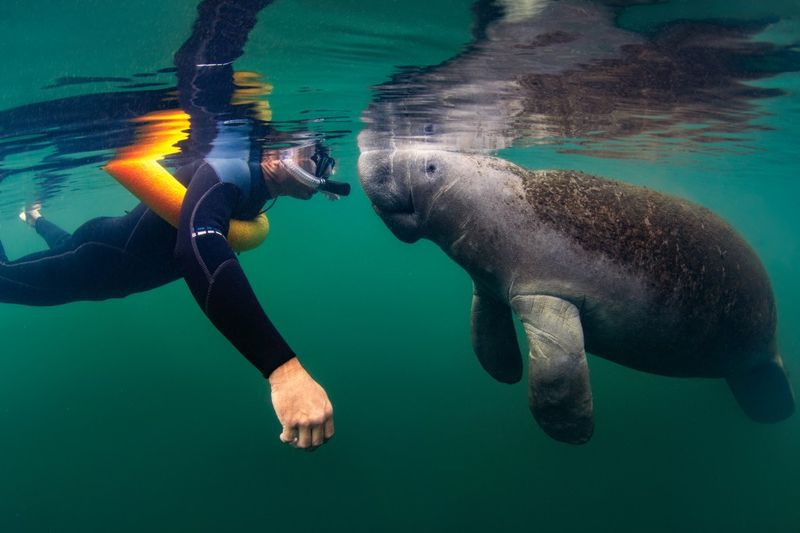
Round and rotund with whiskered faces, manatees embody underwater gentleness. These aquatic sweethearts actually approach boats out of curiosity, not fear.
Swimming alongside a manatee reveals their puppy-like desire for belly rubs and social interaction. Despite their massive size, they’ve never been known to attack humans – even when accidentally injured by boat propellers.
6. Koala
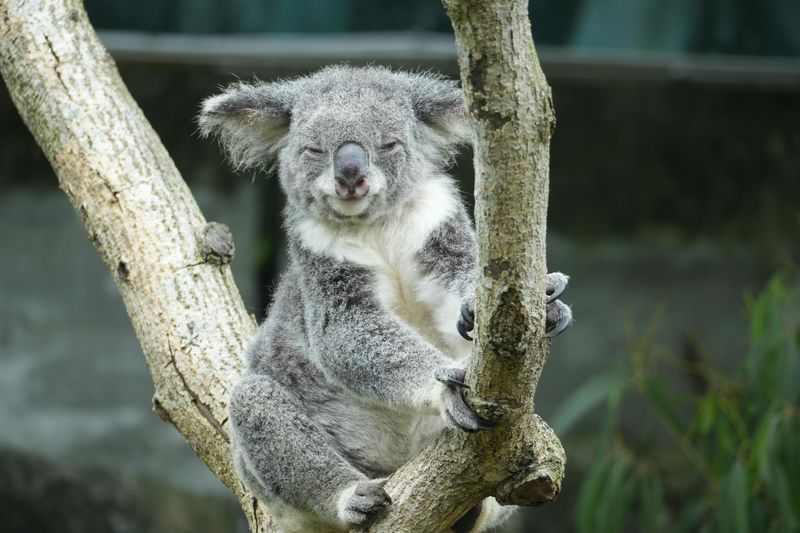
Those fuzzy ears and button noses aren’t just for show – koalas truly are as peaceful as they appear. Sleeping up to 22 hours daily leaves little time for conflict or aggression.
While wild koalas prefer to avoid handling, they rarely bite or scratch when approached gently. Their naturally mellow temperament comes from a low-energy lifestyle fueled by eucalyptus leaves.
7. Elephant
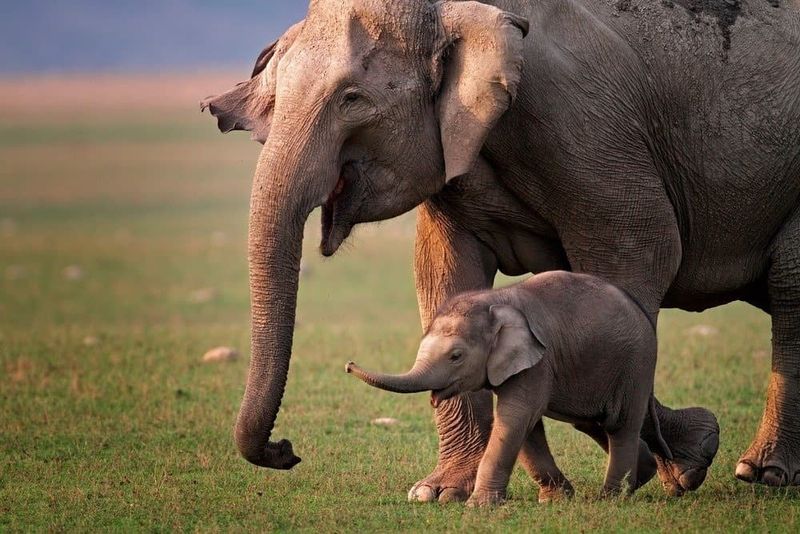
Trumpeting softly to express joy, elephants showcase emotional intelligence that rivals humans. These majestic beings mourn their dead, assist injured herd members, and remember kind humans decades later.
Conservation workers share countless stories of elephants recognizing caregivers after years of separation. Their complex social structures and family bonds demonstrate remarkable capacity for compassion.
8. Otter

Hand-holding while sleeping? Otters invented this adorable practice! These playful creatures form tight-knit family groups where cooperation and affection are daily occurrences.
Wild otters have approached kayakers with curiosity rather than fear. Their natural playfulness extends to humans they deem non-threatening, sometimes even offering small stones as apparent “gifts.”
9. Whale
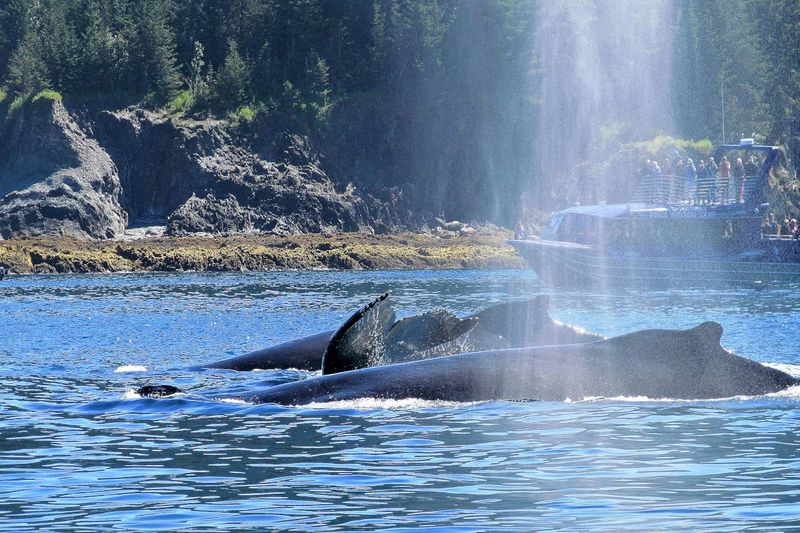
Beneath those massive frames beats a heart of extraordinary gentleness. Humpback whales have been documented protecting smaller marine species from predators – even when those animals aren’t their own kind.
Whale-watching guides report countless instances of these giants approaching boats with careful curiosity. Their hauntingly beautiful songs travel miles through ocean depths, connecting complex social groups.
10. Meerkat
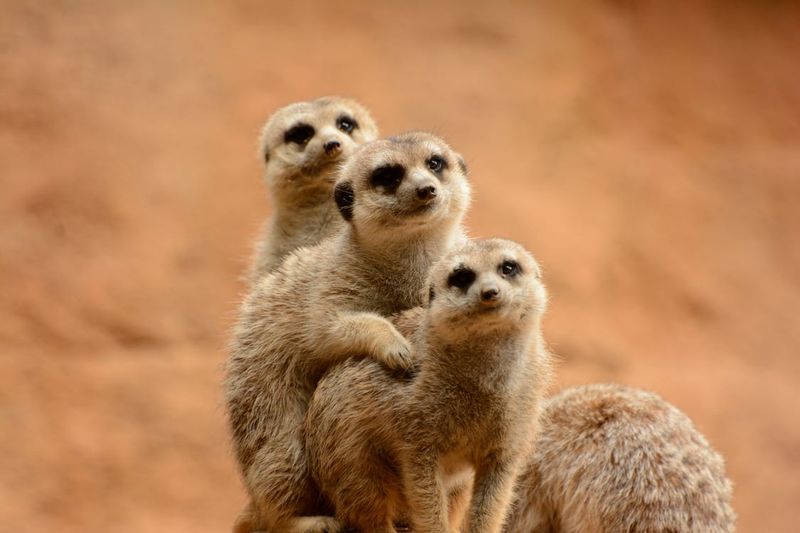
Standing tall on hind legs, meerkats take community living to impressive levels. These pint-sized desert dwellers share babysitting duties and take turns watching for predators so others can eat safely.
In protected areas, meerkats show remarkable tolerance for human observers. Their highly organized social structure includes teaching youngsters survival skills through patient demonstration rather than aggression.
11. Bonobo
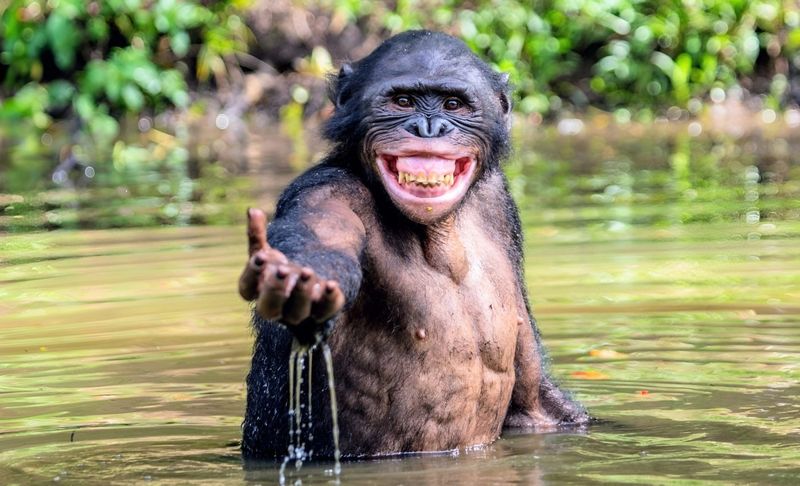
Conflict resolution through affection? Bonobos wrote the manual on making love, not war. Unlike their chimpanzee relatives, these remarkable apes rarely engage in violent behavior.
Female-led bonobo societies maintain harmony through social bonding rather than aggression. Researchers have documented these primates sharing food with strangers and comforting distressed group members through gentle touches.
12. Turtle
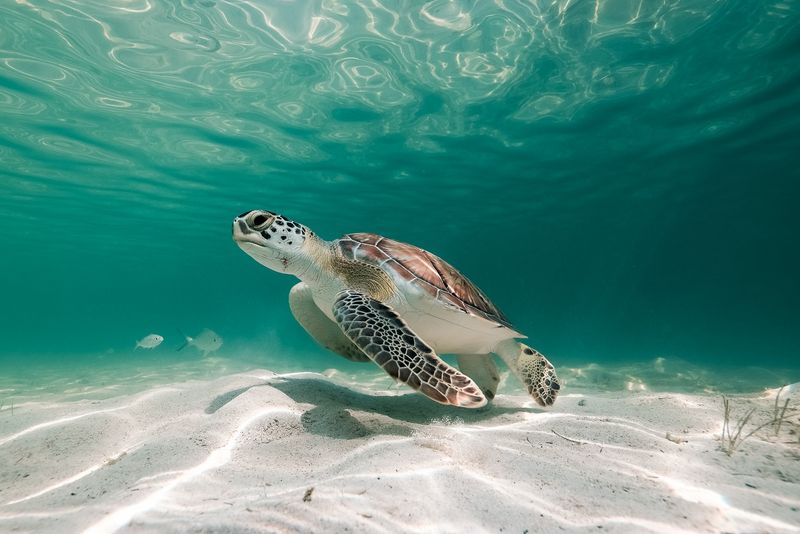
Carrying wisdom in their ancient eyes, turtles approach life with remarkable patience. Some species recognize their caretakers and swim to the surface for gentle head scratches.
Marine biologists report sea turtles occasionally following divers with curious interest. Their unhurried approach to existence seems to eliminate the stress that triggers aggression in many other species.
13. Bison
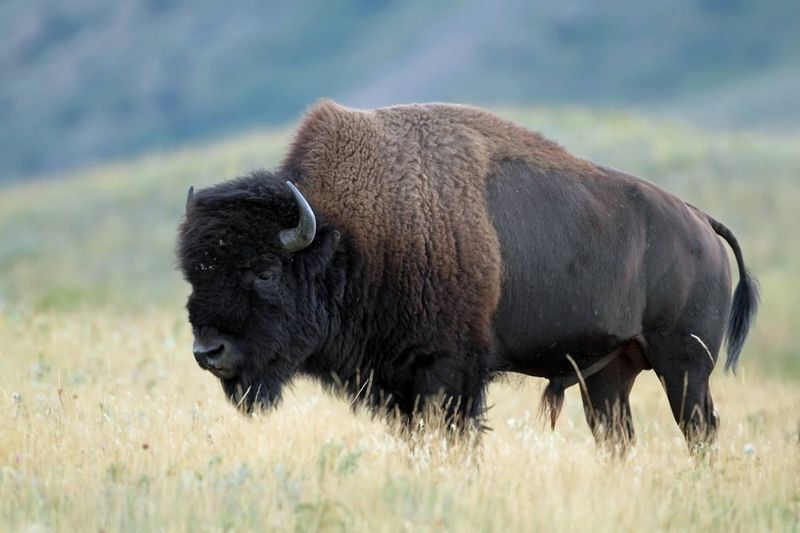
Weighing up to 2,000 pounds doesn’t stop bison from being surprisingly mellow creatures. These magnificent beasts typically mind their own business unless protecting calves or feeling threatened.
Native American traditions honor bison for their generous, life-sustaining nature. When given proper space and respect, these iconic animals demonstrate remarkable tolerance for human observers.
14. Grizzly Bear
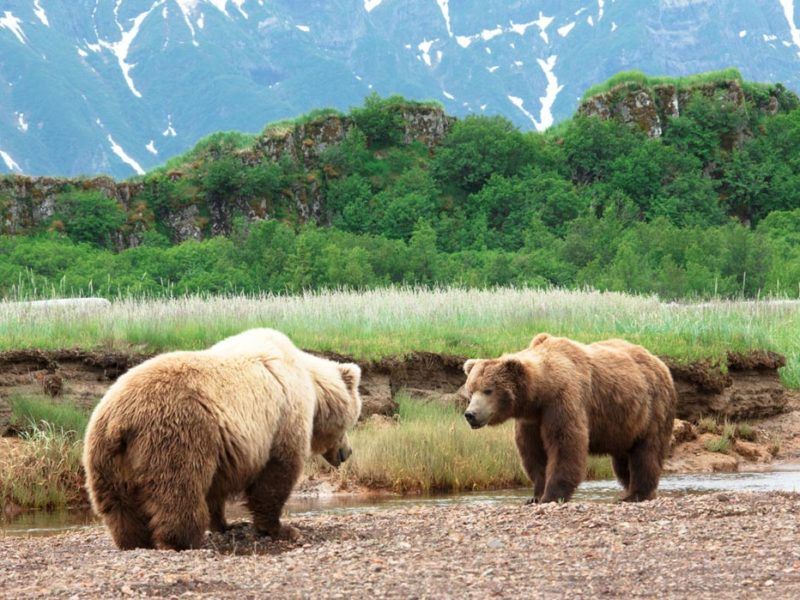
Those massive paws can dig up roots or deliver fatal blows with equal efficiency. Grizzly bears command respect through sheer power rather than aggression.
Most bear attacks occur when humans surprise them or approach cubs. Wildlife experts emphasize that these magnificent creatures aren’t naturally aggressive – they simply require substantial personal space and proper food storage practices from wilderness visitors.
15. Wolves
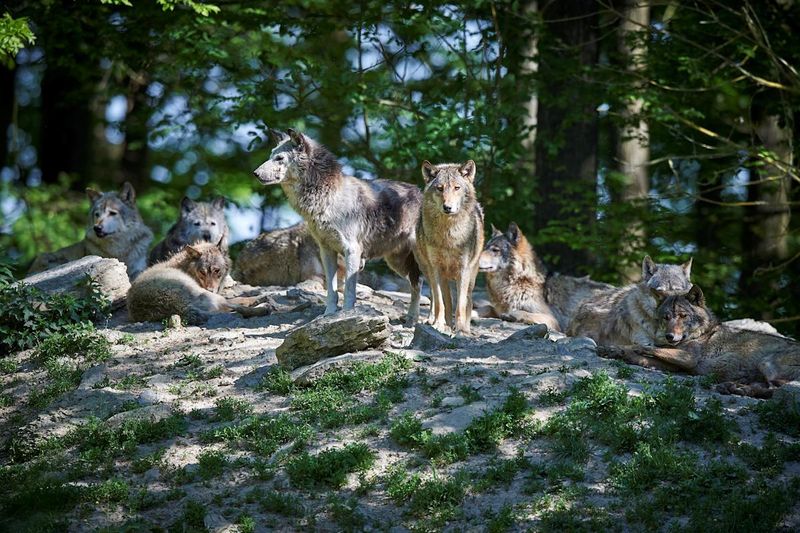
Those haunting howls aren’t just atmospheric sound effects – they’re sophisticated communication between highly intelligent pack members. Wolves rarely approach humans in the wild.
Despite centuries of villainization, documented wolf attacks remain extremely rare. These misunderstood predators typically avoid human contact entirely, preferring to vanish into forest shadows rather than confront people.
16. Crocodiles
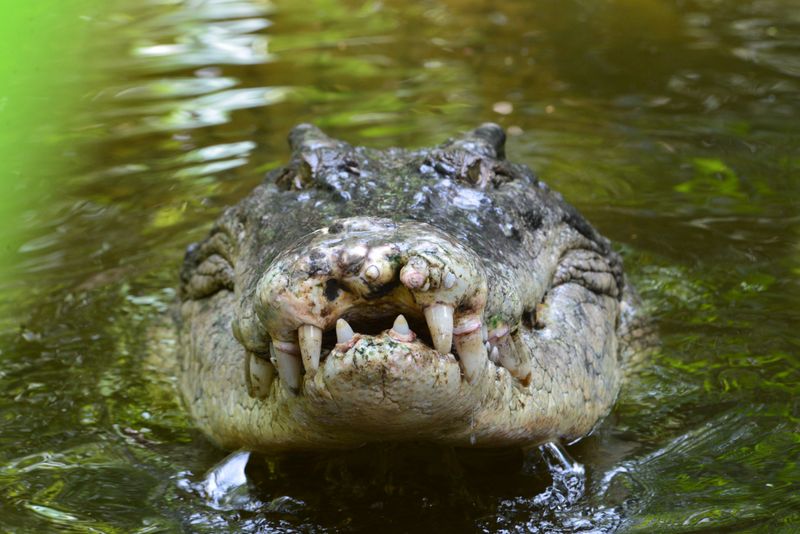
Those seemingly lazy river logs can launch into action faster than you can blink. Crocodiles possess the strongest bite force in the animal kingdom – capable of crushing bones effortlessly.
Their ambush hunting strategy makes them particularly dangerous near water edges. Unlike many predators that attack only when hungry, crocodiles sometimes strike opportunistically, making them especially unpredictable.
17. African Cape Buffalo
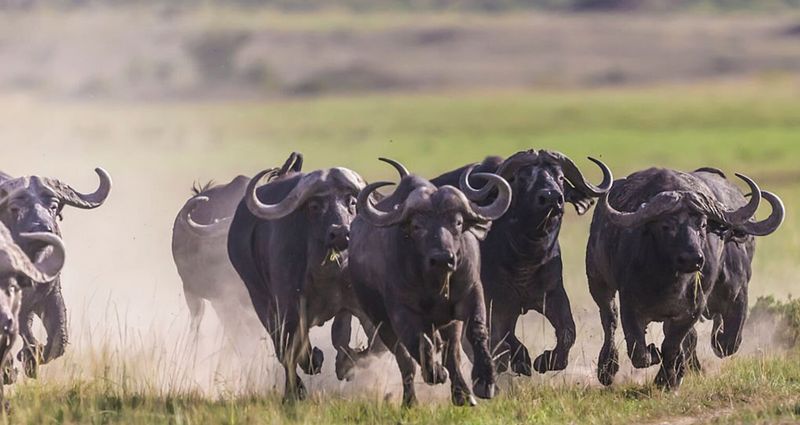
Don’t let those bovine features fool you – Cape buffaloes have earned their reputation as Africa’s most dangerous game animal. Their unpredictable temperament and incredible strength make them responsible for more hunter fatalities than lions.
Unlike many dangerous animals, buffaloes sometimes actively pursue threats rather than simply defending themselves. Their excellent memory means they’ve been known to recognize and target specific humans who previously threatened them.
18. Jaguars
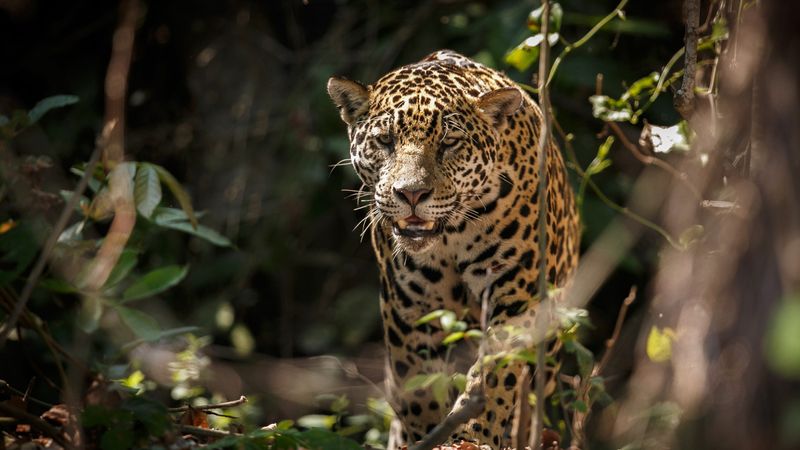
Silent paws and rosette-patterned coats make jaguars nearly invisible until they choose to be seen. These magnificent cats possess jaw strength powerful enough to crush turtle shells and pierce skulls.
Unlike some big cats, jaguars rarely become man-eaters even when their territory overlaps with humans. Their naturally secretive nature means most people never spot them even when sharing the same forest – which is probably for the best.
19. Lynx
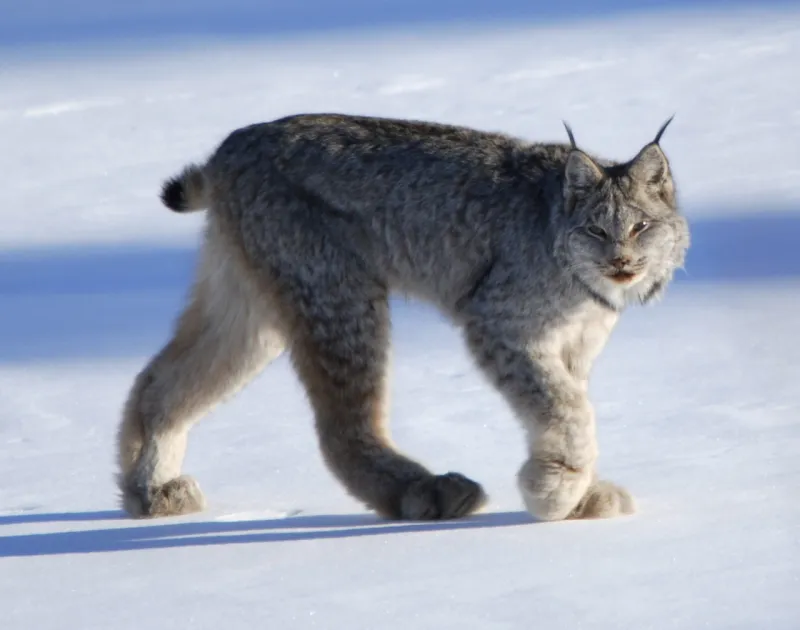
The lynx, often spotted in northern forests, is admired for its striking appearance and elusive nature. With large, tufted ears and a short tail, it moves silently through its snowy habitat.
Despite its solitary lifestyle, the lynx plays a crucial role in the ecosystem as a skilled hunter. Its primary prey includes small mammals and birds. While generally not aggressive towards humans, it’s best to appreciate this majestic feline from afar.
20. Hippopotamus
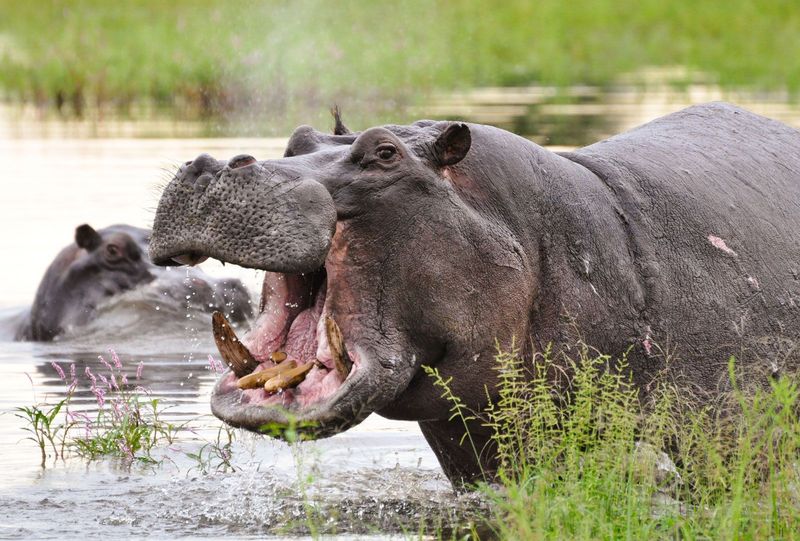
The hippopotamus, or ‘river horse,’ is often seen wallowing in African rivers. Despite its bulky appearance, it is surprisingly agile in water and can stay submerged for minutes at a time.
Known for their territorial nature, hippos can be aggressive, especially when protecting their young. Their large mouths and sharp teeth are a reminder of their strength. Approaching hippos requires caution as they are considered one of Africa’s most dangerous animals.


